Summary
Effective thermal management is critical for the reliability and performance of modern fiber optic equipment. As these devices become more powerful and compact, dissipating the heat they generate presents a significant engineering challenge.
Unlike other fan types, blowers excel in high-impedance environments, ensuring that critical systems remain within optimal operating temperatures.
Their efficiency, compact design, and reliance on DC power make them integral to the longevity and stable operation of telecommunications, data centers, and portable medical equipment.
This article explores the unique characteristics of small blower fans, why they are chosen over alternatives, and their key role in fiber optic systems.
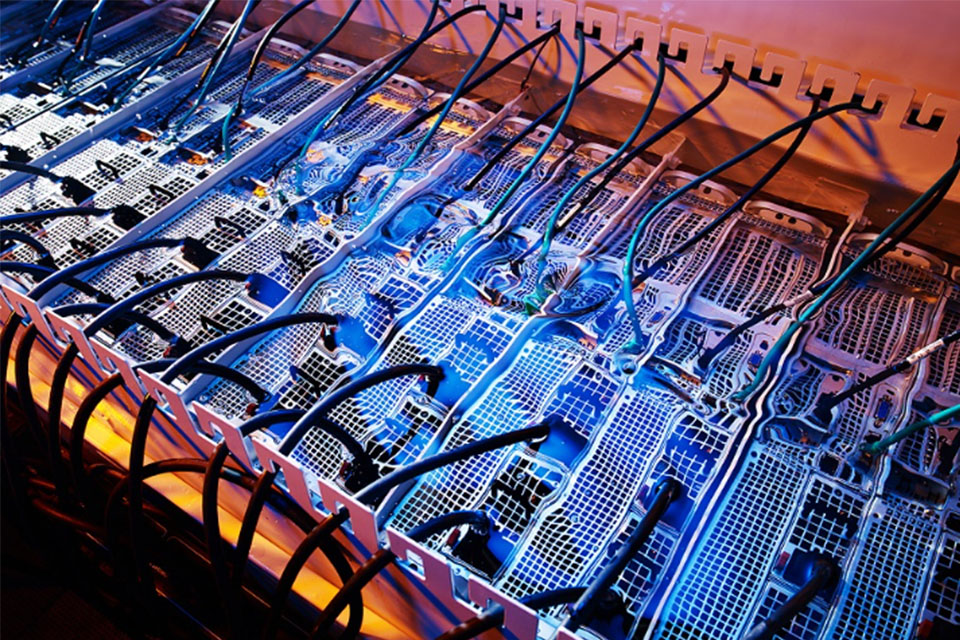
Characteristics of Blower Fans
Small blower fans are defined by a unique set of features that make them ideal for cooling electronics. Their operation is based on centrifugal force, where a rotating impeller draws air in from the center and expels it forcefully through a concentrated outlet.
This mechanism generates higher static pressure compared to other fan types of a similar size, enabling it to push air through restrictive spaces like heat sinks and tightly packed enclosures.
Technological advancements, particularly the use of brushless DC motors and optimized blade designs, have made these fans highly energy-efficient, consuming up to 70% less power than traditional AC motors.
This efficiency reduces operational costs and enhances the sustainability of the devices they cool. Furthermore, many models are engineered for low-noise operation, a critical requirement for equipment used in offices, laboratories, and other noise-sensitive environments.
Fan Selection for Fiber Optic Systems
Airflow type
While several types of fans exist, blower fans are uniquely suited for the demands of fiber optic equipment.
Axial Fans
Axial fan’s air parallel to their axis of rotation (like a common computer case fan), are excellent for moving large volumes of air in open spaces with low resistance.
However, they struggle to generate the pressure needed to overcome the high impedance of densely packed electronic components and heat sinks, making them ineffective for targeted cooling.
Radial Fans
This type of fans operate on a similar principle to blowers but are typically larger and designed for industrial applications, making them unsuitable for compact electronic devices.
Blower Fans
Blower fans are the ideal choice because they are specifically designed to produce a focused, high-pressure airstream. This allows them to effectively force cooling air through confined pathways and directly onto heat-generating components, ensuring efficient heat dissipation where it's needed most.
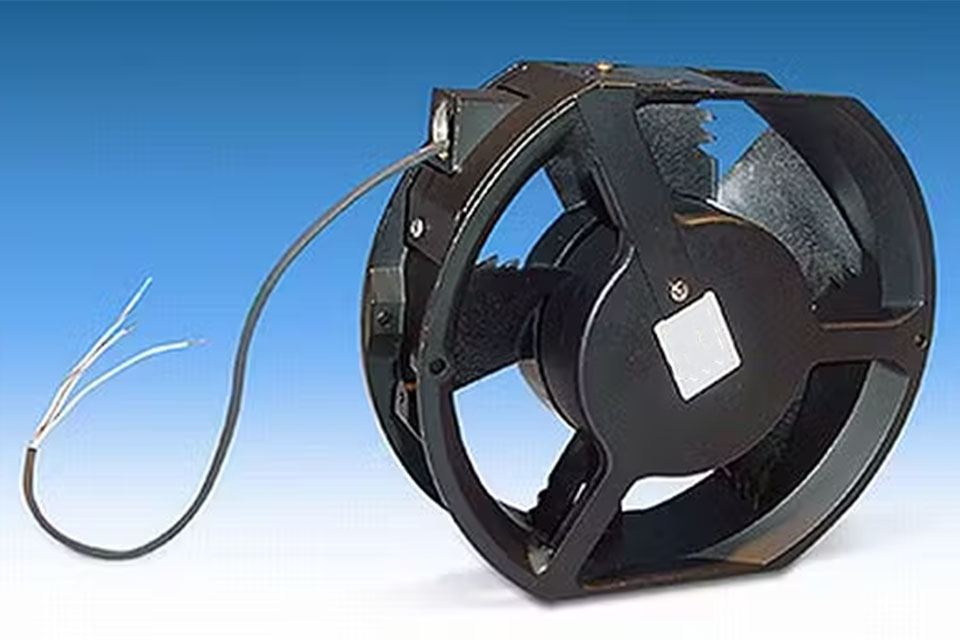
The Ideal Motor
The type of motor used in a fan is just as critical as its design.
AC (Alternating Current) Fans
AC fans are generally unsuitable for this application. They run on higher voltage, are less energy-efficient, are more difficult to control, and are physically larger, making them impractical for compact, low-power electronic systems.
EC (Electronically Commutated) Fans
EC fans are highly efficient and combine DC motor technology with an AC power input. While excellent for larger systems, they are overly complex for equipment that already runs on native DC power.
DC (Direct Current) Fans
DC fans are the standard for fiber optic equipment. They operate on the low-voltage DC power readily available within electronic circuits, are extremely energy-efficient, and their speed can be precisely controlled via PWM signals. Their compact size and low power consumption make them the perfect fit for ensuring reliable performance without draining power or generating excess heat.
Applications and Advantages in Fiber Optic Equipment
The primary role of blower fans in fiber optic systems is to provide active cooling, preventing components from overheating, which can lead to signal degradation and data transmission failure. Their compact design allows for seamless integration into enclosures where space is at a premium.
The key advantages include enhanced thermal management, ensuring components operate within safe temperature ranges, and superior energy efficiency, which lowers operating costs and reduces environmental impact. From a financial perspective, their low energy consumption and high reliability contribute to significant cost savings over the life of the equipment. 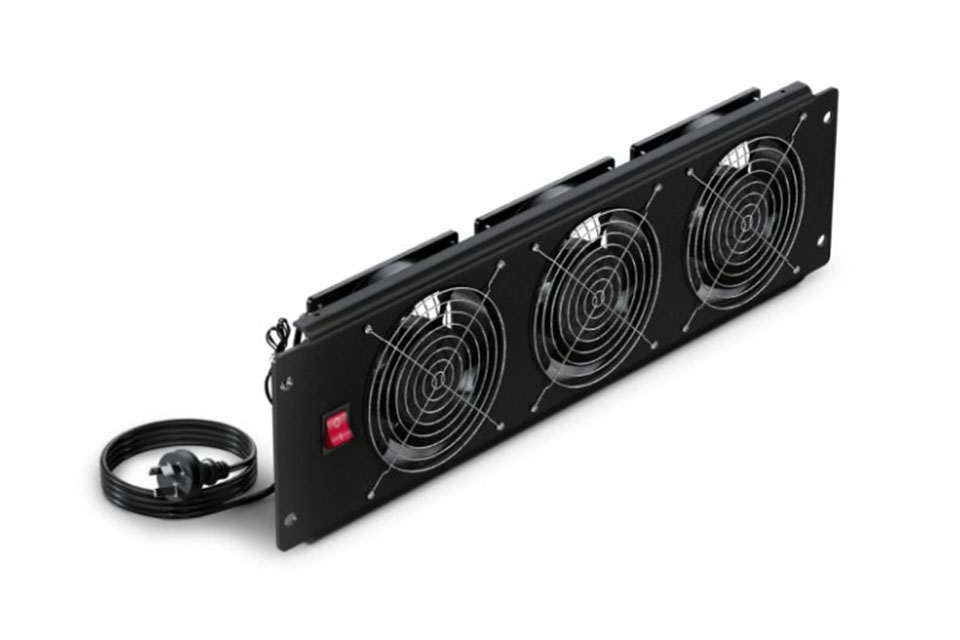
Key Challenges and Design Considerations
While blower fans are highly effective, engineers must address several considerations.
Airflow management is critical; proper fan placement is essential to direct air effectively and maximize cooling.
Noise levels are also a concern, especially in consumer or medical devices, requiring the selection of fans with low decibel ratings.
Finally, designers must carefully match the fan's power consumption, size, and form factor to the system's power supply and physical constraints to ensure compatibility and optimal performance.
Future Trends
The evolution of small blower fans is being driven by the push for greater efficiency and intelligence. Future trends include the integration of smart monitoring systems and IoT-enabled diagnostics for predictive maintenance, which will improve operational efficiency and reduce downtime. Furthermore, a growing interest in sustainability is prompting manufacturers to develop innovative, eco-friendly cooling technologies, reinforcing the importance of highly efficient DC blower fans in future electronic ecosystems.



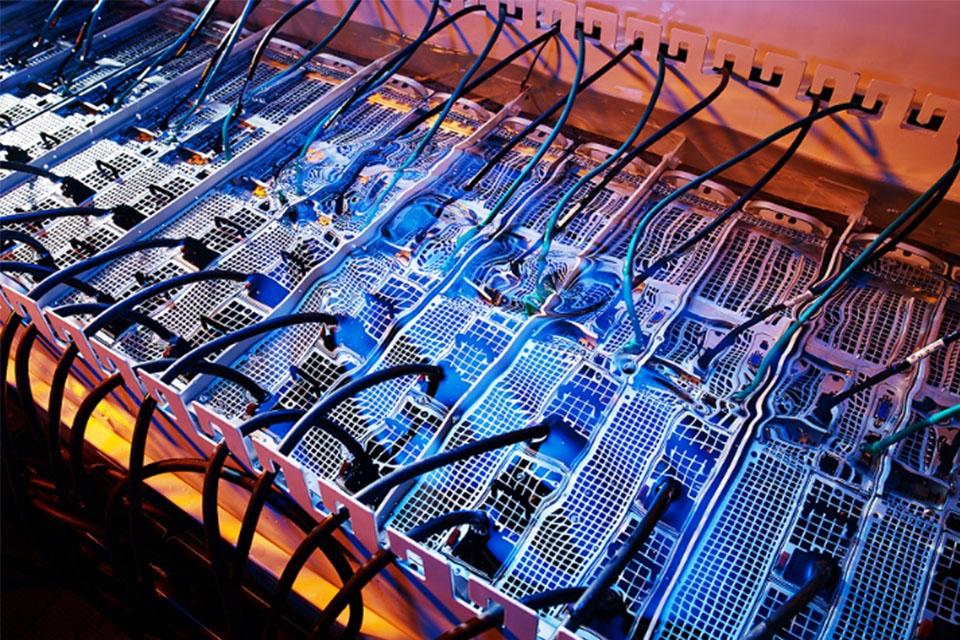 Why Blower Fans Are Essential in Fiber Optic Equipment
Why Blower Fans Are Essential in Fiber Optic Equipment
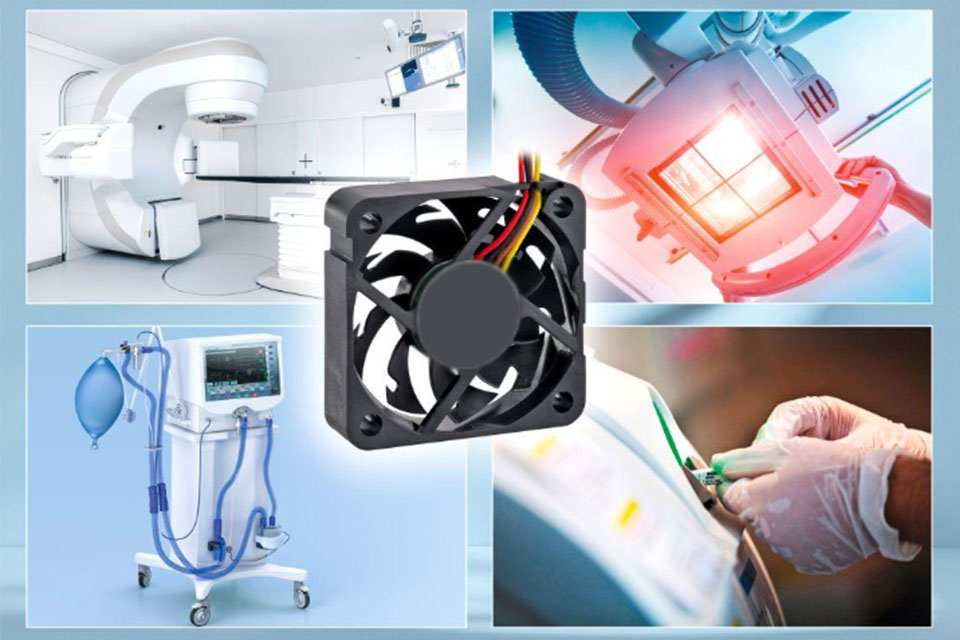 Cooling Fans in Portable Medical Devices
Cooling Fans in Portable Medical Devices
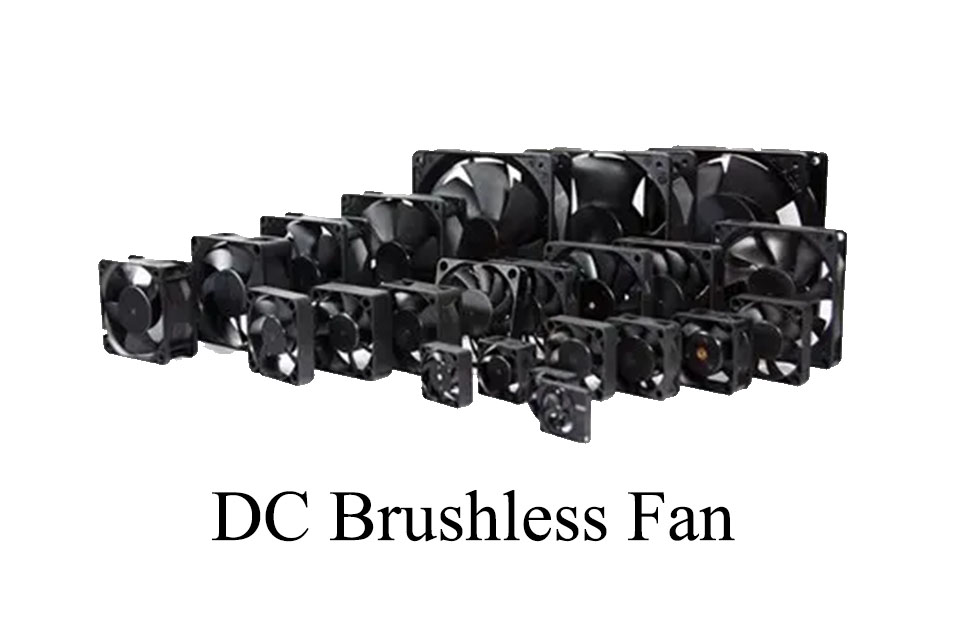 The Critical Role of DC Brushless Fans in Modern Electronics Cooling
The Critical Role of DC Brushless Fans in Modern Electronics Cooling
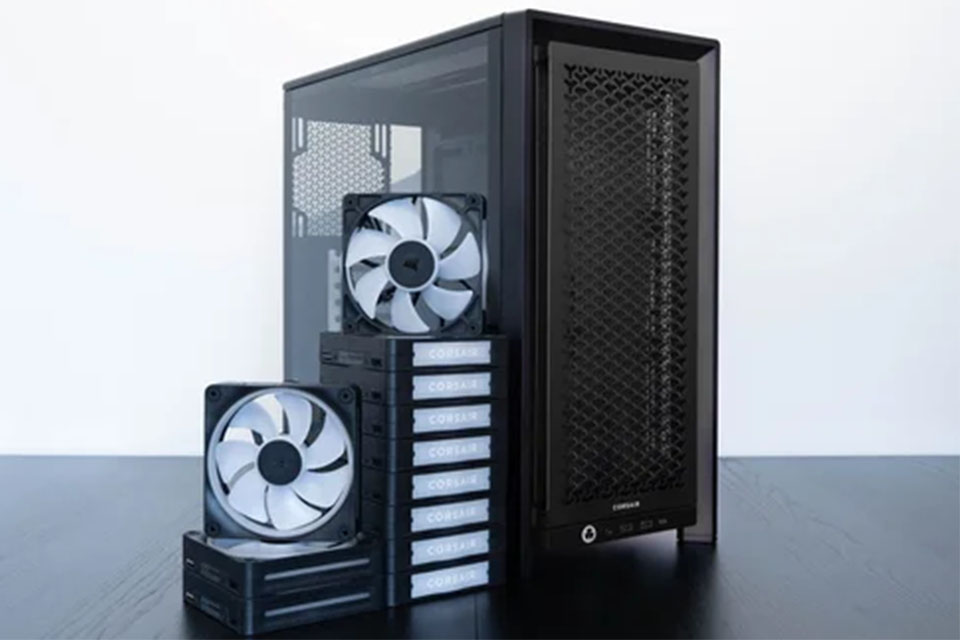 Water-Resistant DC Fans for Harsh Environments
Water-Resistant DC Fans for Harsh Environments

